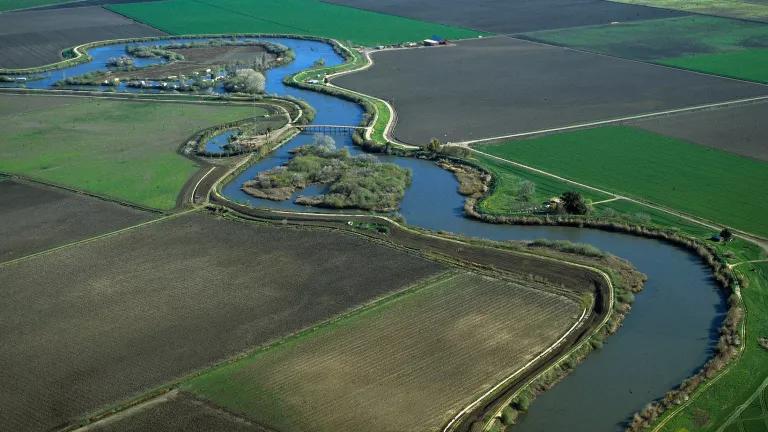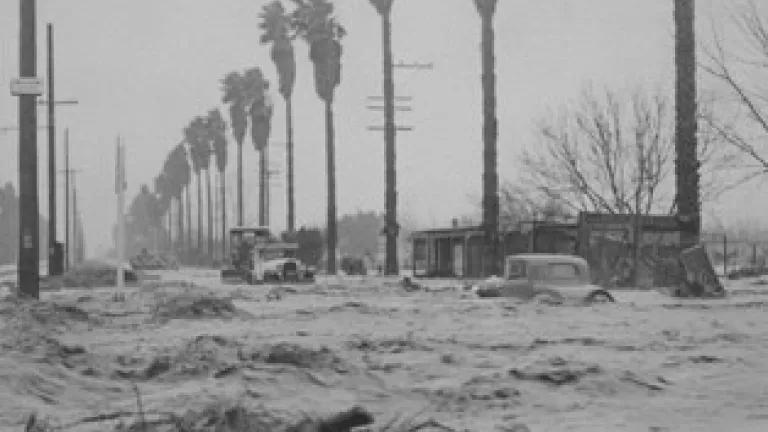
The San Fernando Valley, now the home of more than 1.75 million people, is a 260 square mile basin northwest of downtown Los Angeles.
In the 1930s and 40s, the Valley was plagued by floods from the Los Angeles and San Gabriel rivers that drain the surrounding watersheds. Here is a photo taken during the famous flood of 1938.
To mitigate the flooding, in 1940-1941 the U.S. Army Corps of Engineers (ACOE) built Hansen Dam on the Tujunga Wash and Sepulveda Dam on the Los Angeles River. I grew up literally a stone’s throw from the Sepulveda Dam and used to go tadpole hunting with my friends in the creeks upstream of the dam, in what was once farmland and is now called the Sepulveda Dam Recreation Area.
In the 1980s and 90s, the ACOE created many acres of wildlife habitat with lakes, ponds and native vegetation in the Recreation Area. Here is a photo of a part of the wildlife habitat that is intact, so far:
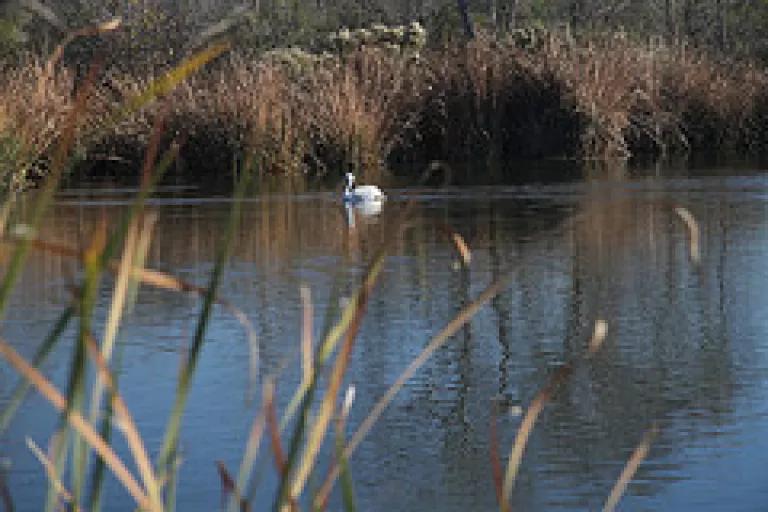
the ACOE also built hiking paths and view points that were used by many thousands of visitors, including members of the San Fernando Valley Audubon Society and the Valley chapter of the Sierra Club.
In late December, 2012, in what looks like an act of sheer vandalism, the ACOE bulldozed about 43 acres of the wildlife habitat down to bare dirt, with debris winding up in the L.A. River. There was no public announcement or consultation about this action. Members of the Audubon Society discovered it and immediately contacted the press and the ACOE. You can read press coverage here, here, here, here and here. Below are some photos that I took of the former wildlife habitat on January 13, 2013.
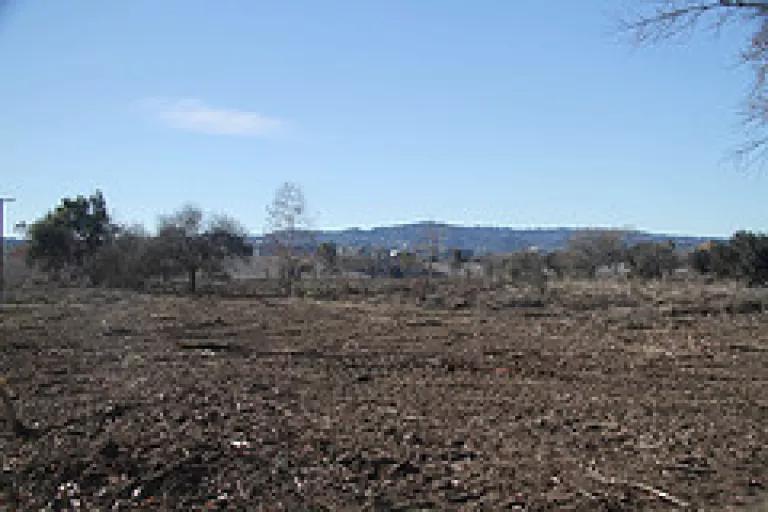
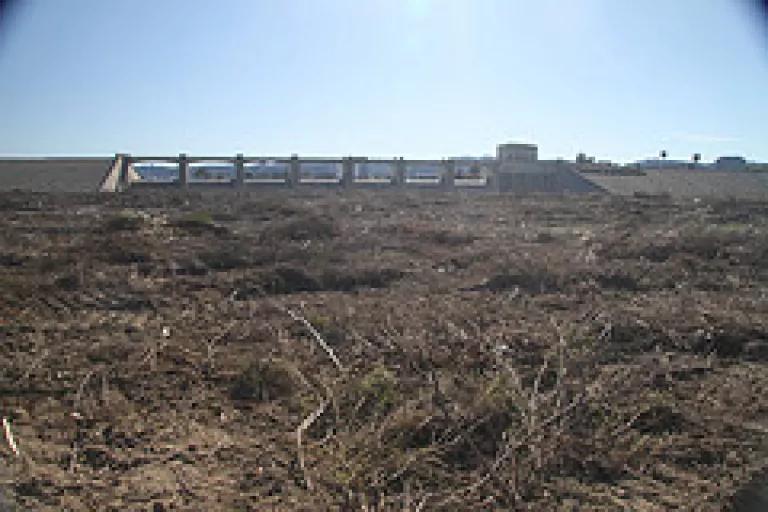
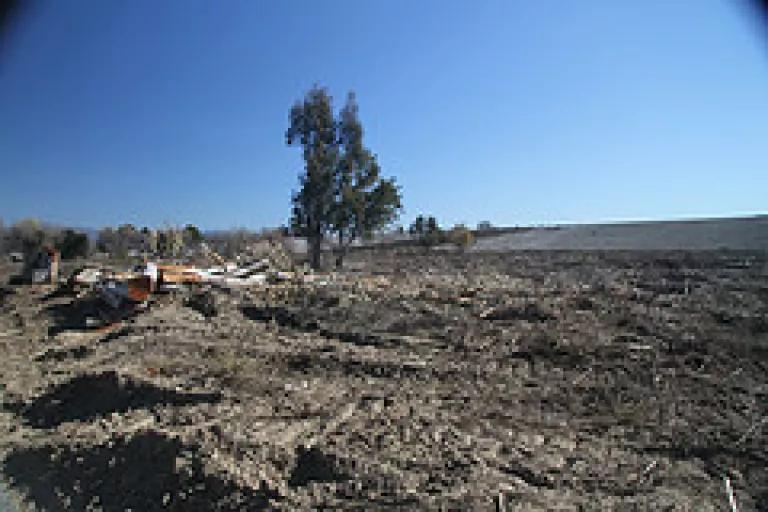
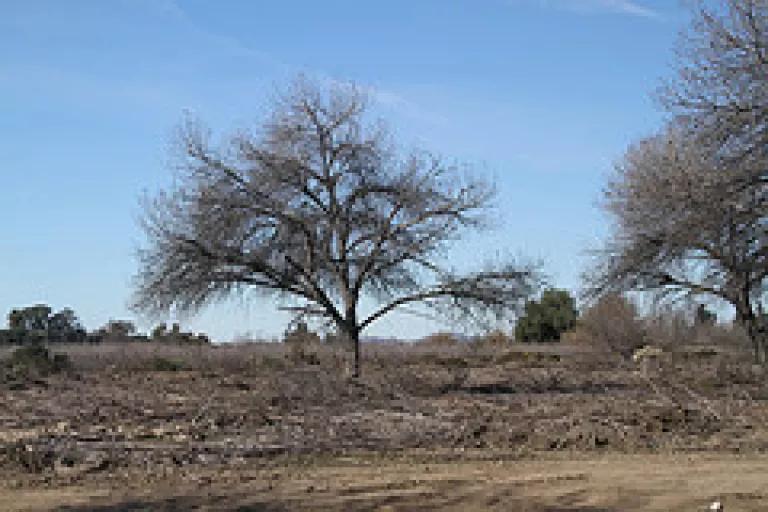

What is the ACOE’s excuse for this? That it was part of a “five-year vegetation management project.” You can see a map of the area designated for vegetation management here (warning, map is slow to load) but nothing on the map tells a reader that “management” means ripping out everything living, including native plants that the ACOE itself had planted.
State and federal authorities are now looking into what happened. The ACOE has met with Audubon and the Sierra Club and promised that the “vegetation management” program will stop, for now.
One lesson from this mess is the need for meaningful public notice when something is proposed to be done that may have a significant effect on the environment. Notice after the fact is worthless. The federal National Environmental Policy Act requires advance notice, but it is unclear why that didn’t happen here. On the state law side, the ACOE’s shockingly destructive action should be kept in mind when discussing so-called reforms of California’s primary environmental protection law, the California Environmental Quality Act.



